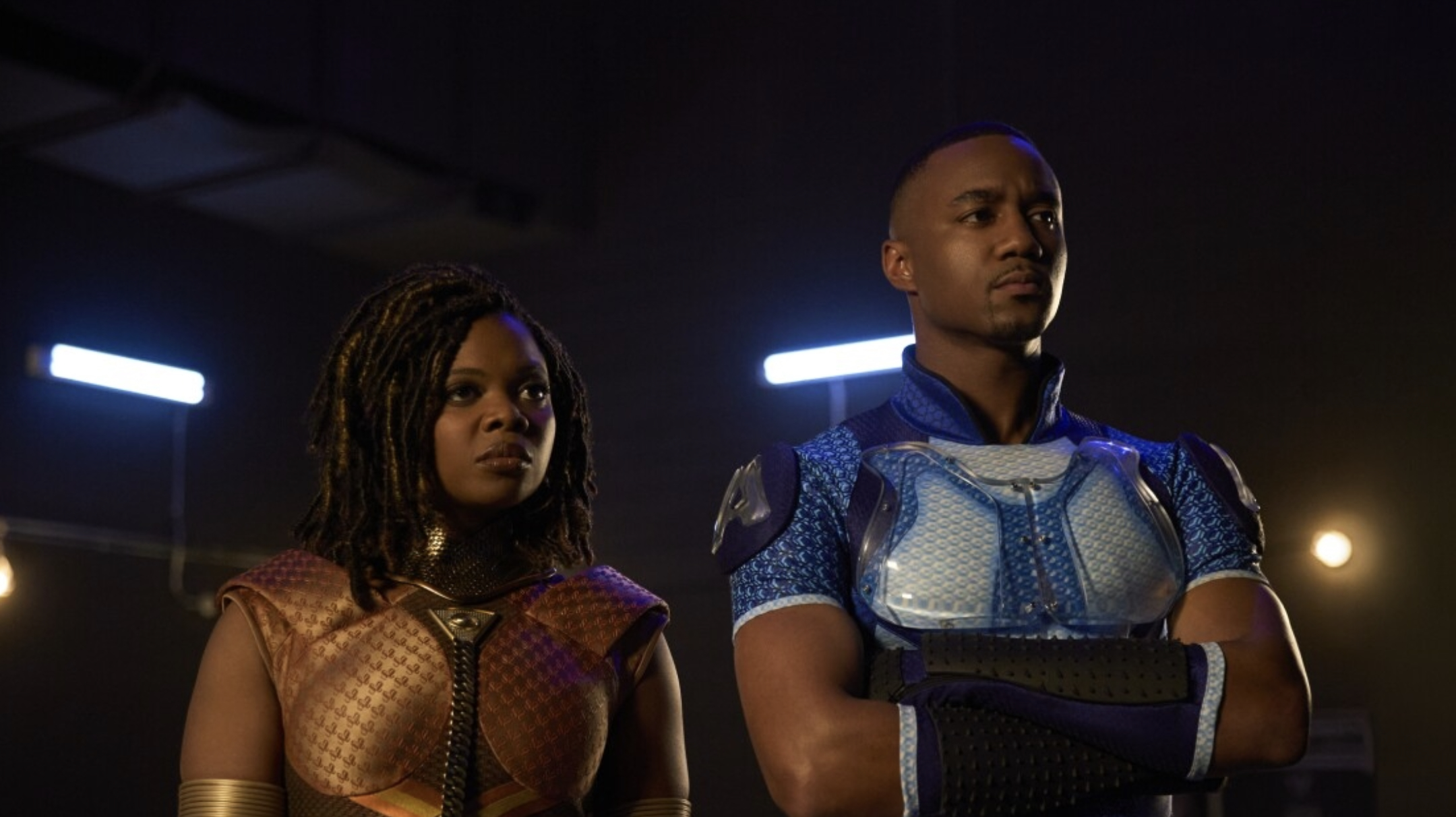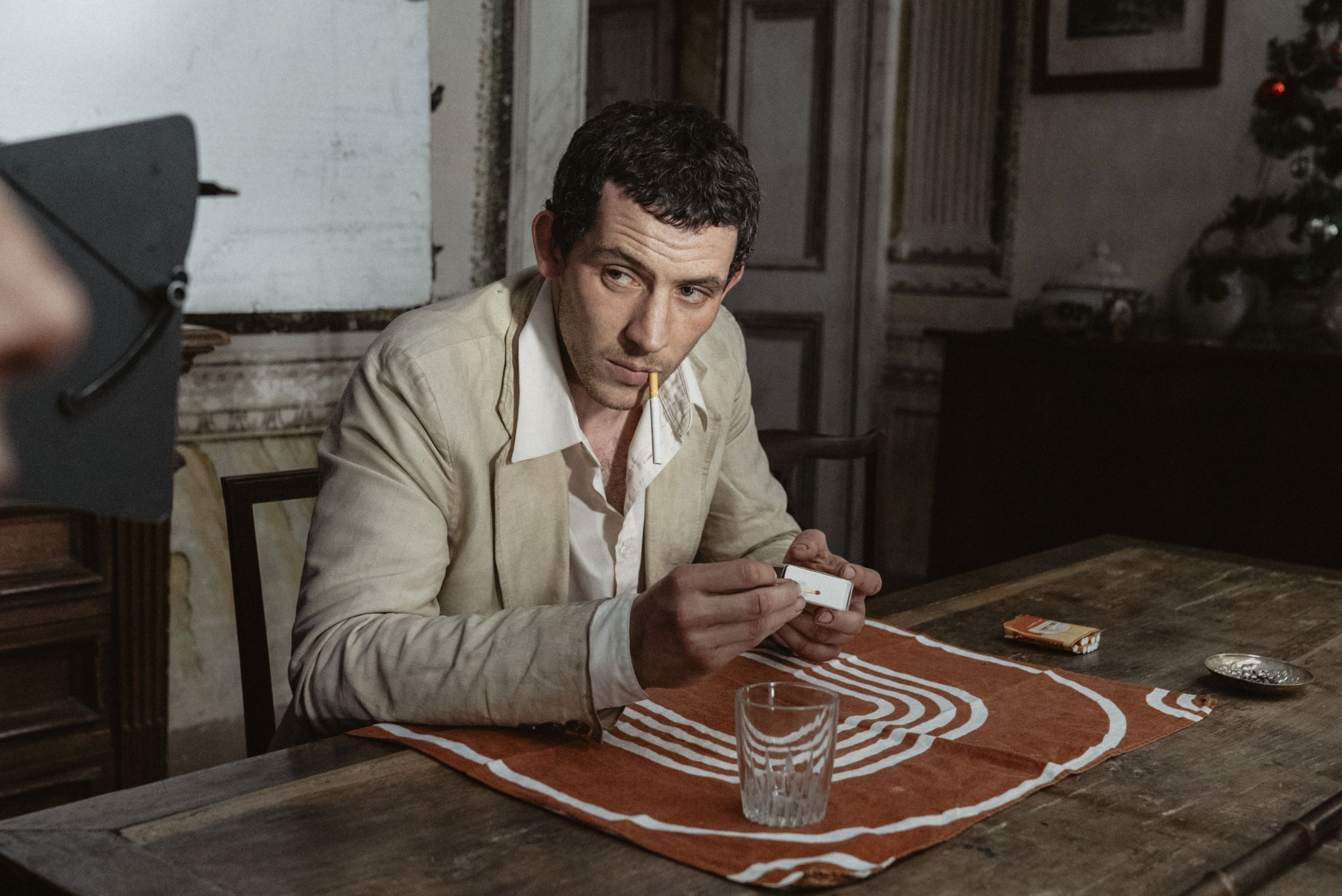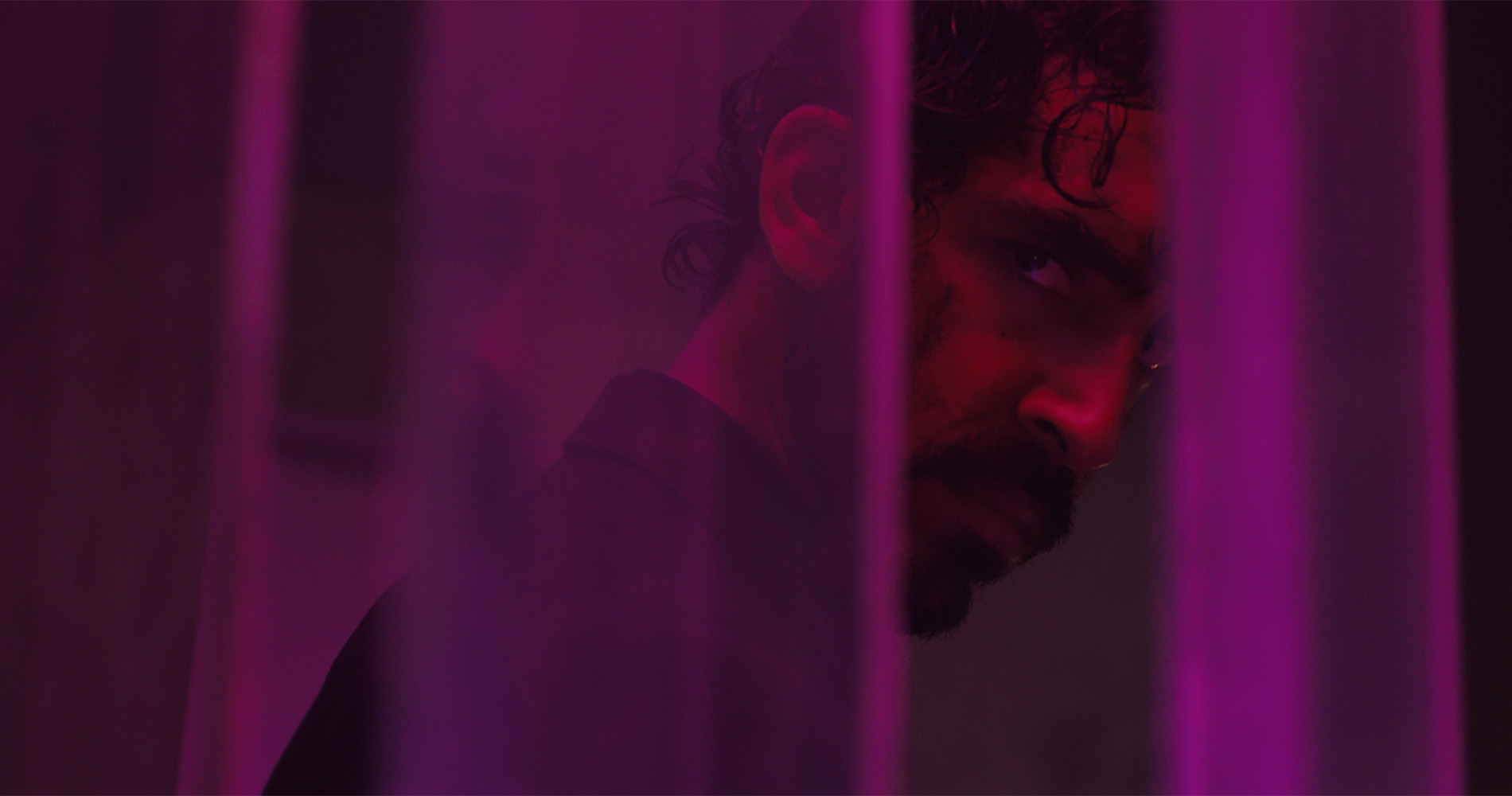Film review: ‘Trap’ falls short of trapping audience until finale with unrealistic turns

Glazed by unsettling red light, Cooper (left), played by Josh Hartnett, scans the crammed concert for an escape, accompanying his distracted daughter Riley (right), played by Ariel Donoghue. The fresh thriller “Trap,” released Aug. 2, shines the spotlight on an unrecoverable night of high-stakes investigation. (Courtesy of IMDb)
“Trap”
Directed by M. Night Shyamalan
Warner Bros. Pictures
Aug. 2
By Martin Sevcik
Aug. 2, 2024 2:48 p.m.
This post was updated Aug. 4 at 8:33 p.m.
“Trap” hopes to ensnare audiences in a tightly wound thriller but releases all of its tension – and the audience’s attention – well before the finish line.
Director, writer and producer M. Night Shyamalan’s psychological thriller sprung into theaters Friday, stalking concertgoers Cooper (Josh Hartnett) and his teenage daughter Riley (Ariel Donoghue) as the police unwind a plot to capture The Butcher, a degenerate serial killer, at popstar Lady Raven’s (Saleka Shyamalan) show. The audience quickly learns Cooper is the at-large killer, following his attempts to escape the police by any means. M. Night Shyamalan executes this concept gracefully at points, delivering thrills as The Butcher navigates increasingly intense standoffs early on – but the script meanders toward an insubstantial ending, eradicating the film’s stakes and undermining Hartnett’s strong lead performance in the process.
Shyamalan has a mind for psychological thrillers, with his breakout film “The Sixth Sense” and 2016’s “Split” shining atop a pedigree that oscillates substantially in quality. “Trap” sometimes brushes shoulders with his best work, particularly when Shyamalan shows directorial restraint. With a stadium concert setting, other directors may have opted for maximalist cinematography, showing off massive crowds and big-budget effects with soaring views. Instead, Shyamalan gratefully zooms in on Hartnett, utilizing tight static shots and countless close-up profiles to highlight his performance, aided by bouts of silence in the backtrack to deliver tense moments.
[Related: Movie Review: ‘Deadpool & Wolverine’ thoughtfully honors genre’s beginnings, iconic characters]
The audience rarely leaves Cooper’s perspective throughout the first half of the film, trapping them with a fascinating subject. The Butcher’s search for escape thankfully lacks an internal monologue, forcing Shyamalan to indicate Cooper’s schemes and thought process through more immersive means. Intentional camera work and effective scripting ensures the audience always has the same information as Cooper. This strong grasp of the situation makes the beat-for-beat action more satisfying. The audience is not merely watching Cooper figure out his next move but is often figuring it out alongside him, making his most desperate plays all the more exciting.
That is until the latter half of the film, where Cooper’s actions become less believable and his parallel thinking with the audience disappears. Surprisingly, it is not a proclivity for violence that makes this character unreasonable – if anything, his readiness for callous acts of violence laces early scenes with calculating tension as Cooper considers whether his current interlocutor would be more useful dead. Instead, as the situation escalates, The Butcher begins to seemingly teleport out of danger or serendipitously stumble across the exact uniform he needs – often offscreen – shattering immersion in the process. The stakes simply evaporate as Cooper becomes a slasher movie monster, instead of a problem-solving, desperate, calculating killer grounded by the rules of our universe.
Once The Butcher’s believability is gone, the film meanders through its final act with little fanfare. The film shifts away from Cooper’s perspective, instead focusing on the police’s attempt to capture this elusive creature – whose continued evasions feel more and more inevitable, and therefore less interesting. A final encounter, complete with one last monologue from Cooper, gives way to an ending that delivers a meaningless twist.
None of these storytelling missteps fall on Hartnett, who brings alluring inhumanity to the role. He pauses a moment to think before every response in dialogue, talks to his daughter like a Saturday morning cartoon character and is constantly trying to identify the emotions of those around him – conveying the mannerisms of someone who studies human feelings but has none himself. Alongside him is Donoghue, who neatly aids Hartnett in delivering an adequate father-daughter relationship, and Saleka – an R&B musician and Shyamalan’s daughter – who unsurprisingly fits her role well and contributes the catchy hits blaring throughout the concert sequences.
Instead, the blame falls squarely on uninspired screenwriting. As The Butcher exhausts the last of his options and finds himself in dire circumstances, Shyamalan leans on unbelievable slasher villain tropes and arbitrary twists and turns to keep the story on track. As Cooper loses control of the situation, so does Shyamalan.
But there is a palpable sense that things did not have to be this way. Cooper is an evocative subject whose hypercompetence and occasional serendipity make every successful evasion a pleasure to watch. The script makes a point of tying up loose ends, rewarding audiences with a keen eye for detail. Shyamalan crafts engrossing sequences where Cooper just barely manages to squeak by, embedding the audience in the action and Cooper’s thought process.
[Related: Film Review: Wes Anderson’s ‘French Dispatch’ provides whimsical view of newsroom]
In immersive moments like these, “Trap” could be mistaken for something great. But then the spell is broken. Suddenly, viewers are not trapped in an impossible situation with Cooper, wondering intently what he will do next. Instead, they are trapped in a theater for another half-hour, wondering which shark the film will jump next.
Perhaps this film should be The Butcher’s next victim, with its best parts – strong performances and tense sequences – chopped out and turned into something new. But for now, it is trapped just above the thralls of mediocrity.





